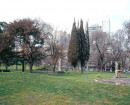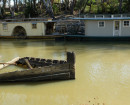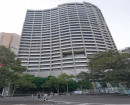JH BOYD GIRLS HIGH SCHOOL
207-229 CITY ROAD SOUTHBANK, MELBOURNE CITY
-
Add to tour
You must log in to do that.
-
Share
-
Shortlist place
You must log in to do that.
- Download report
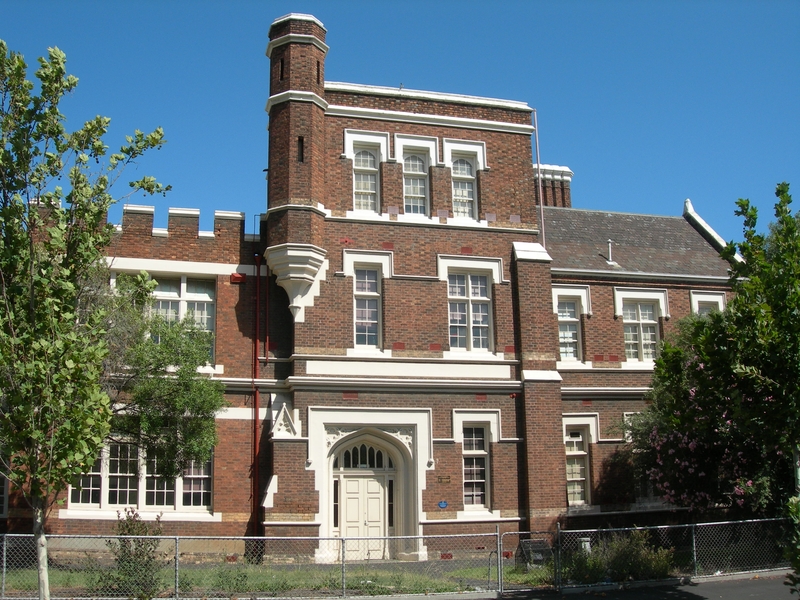

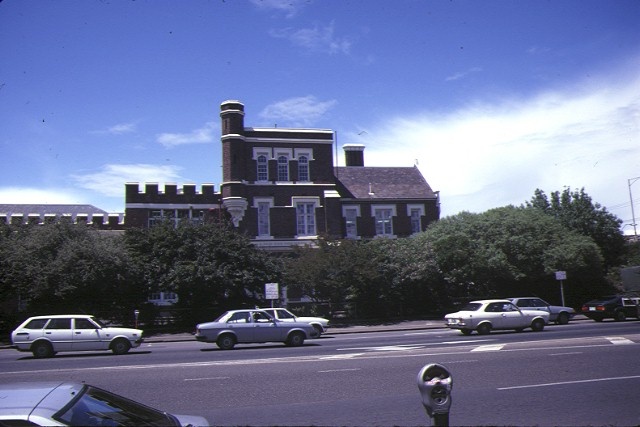

Statement of Significance
What is significant?
The JH Boyd Girls High School was constructed in 1884-1885 to the design of the Education Department's Chief Architect Henry Bastow. It opened as State School No 2686, replacing No. 222 St Luke's South Melbourne Church of England School in Clarendon Street, Emerald Hill. In 1929 it was amalgamated with the Eastern Road State School No. 1852. The building was reconstructed in 1930 by WH Bolger to become the South Melbourne Girls' School devoted to the training of girls in domestic arts. In 1932 it was renamed the JH Boyd Domestic College after its patron, a successful grazier, who bequeathed a large sum of money to establish a school of domestic science so "that women should be taught to manage a home correctly". The school occupies a prominent corner site on City Road, and is a two storey brick building with a third storey of one room and entry to a tower. It was closed as a school in 1985 after 100 years of operation. The extant section of the original school is a commanding Tudor Revival design executed in Hawthorn bricks, embellished with bands of cream brick and render mouldings. The Tudor influence is repeated in a castellated parapet and octagonal turret.
How is it significant?
The JH Boyd Girls High School is of architectural and historical significance to the State of Victoria.
Why is it significant?
The JH Boyd Girls High School is of architectural significance as one of the most ornamental and distinctive of the Education Department schools of the 19th century. It was the only 19th century State School to have a three storey central block, reflecting its prominent location in full view of the railway line from Port Melbourne to Flinders Street. The school's size and style are evidence of the rapid growth in population and wealth in Melbourne's suburbs as a result of post-gold rush consolidation and prosperity.
The JH Boyd Girls High School is of historical significance as a reminder of earlier philosophies of educational provision, especially for girls. Domestic Arts schools developed in the years during and after WWI, at a time when there was a wider concerted push for 'scientific' mothering education. It was considered that mothering skills were not innate and needed to be taught, in the same way that domestic skills needed to be inculcated at school. The school's emphasis on the domestic arts demonstrates the different approach to girls' and boys' education that characterised the school system for much of the 19th and 20th centuries. Less emphasis was placed on academic achievement than on domestication, to produce young women who would find their place in private rather than public life. Nevertheless, these domestic arts schools were the predecessors of the Girls High Schools and, despite the emphasis on domestic skills, they were a means of expanding secondary education to girls at a time when State Governments were reluctant to provide post-primary education.
-
-
JH BOYD GIRLS HIGH SCHOOL - History
Contextual History:History of Place:
This school was preceded by St Luke's South Melbourne Church of England School No. 222 in Clarendon Street, Emerald Hill which opened on 7th August 1856. In may 1874 a site on the corner of Moray Street and Sandridge Road was purchased, but it was too low-lying and had to be raised with silt dredged from the Yarra. It was not until 1885 that a school, No. 2686, was built on the site, superceding No. 222. It opened on 1st June 1885 with an enrolment of 510 pupils. In 1892 the school amalgamated with State School NO. 1852 Eastern Road. In 1930 the Montague Domestic Arts School, which had been established in 1917, was moved to the school and in 1932 it became the JH Boyd Domestic College, named after its benefactor, a wealthy grazier. The school became a girls high school in 1979 but closed in 1985.
Associated People: W.H Bolger (designed alterations in 1930)JH BOYD GIRLS HIGH SCHOOL - Permit Exemptions
General Exemptions:General exemptions apply to all places and objects included in the Victorian Heritage Register (VHR). General exemptions have been designed to allow everyday activities, maintenance and changes to your property, which don’t harm its cultural heritage significance, to proceed without the need to obtain approvals under the Heritage Act 2017.Places of worship: In some circumstances, you can alter a place of worship to accommodate religious practices without a permit, but you must notify the Executive Director of Heritage Victoria before you start the works or activities at least 20 business days before the works or activities are to commence.Subdivision/consolidation: Permit exemptions exist for some subdivisions and consolidations. If the subdivision or consolidation is in accordance with a planning permit granted under Part 4 of the Planning and Environment Act 1987 and the application for the planning permit was referred to the Executive Director of Heritage Victoria as a determining referral authority, a permit is not required.Specific exemptions may also apply to your registered place or object. If applicable, these are listed below. Specific exemptions are tailored to the conservation and management needs of an individual registered place or object and set out works and activities that are exempt from the requirements of a permit. Specific exemptions prevail if they conflict with general exemptions. Find out more about heritage permit exemptions here.
-
-
-
-
-
FORMER NATIONAL MUTUAL LIFE ASSOCIATION BUILDING
 Victorian Heritage Register H0036
Victorian Heritage Register H0036 -
FORMER AMP BUILDING
 Victorian Heritage Register H0421
Victorian Heritage Register H0421 -
OLDERFLEET BUILDING
 Victorian Heritage Register H0037
Victorian Heritage Register H0037
-
'ELAINE'
 Boroondara City
Boroondara City -
-oonah
 Yarra City
Yarra City -
..eld House
 Yarra City
Yarra City
-
-






